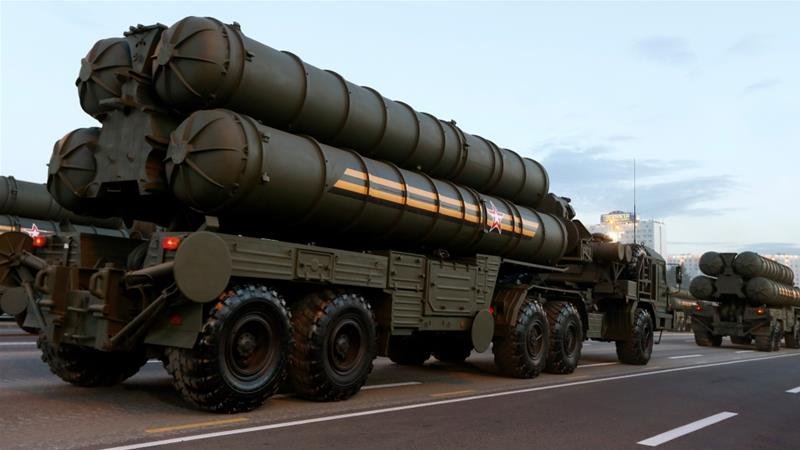The S-400: The changing nature of India’s Arms Imports from Russia

While there has been much debate over India’s contract for some five squadrons of S-400 SAMs for the Indian Air Force, with the threat of US sanctions under CAATSA looming large, the nuance missed by opponents of the deal and by the United States is that India’s procurement of the S-400 comes at a time when India is moving towards a much more balanced procurement strategy with suppliers being more diverse than before.
A Legacy of the Cold War
During the period 1965 to 1991, the Soviet Union became India’s largest supplier of weapons and, thanks to its relative willingness to allow local production, established a large degree of dominance in the Indian domestic weapons market. The production of MiG-21 variants and the MiG-27 kept HAL busy while the Ordnance Factories were flush with orders for locally produced T-72s and BMP-2 armoured vehicles.
After the end of the Cold War, with India undergoing a period of limited economic growth as it tried to reform its economy and Russia and the other successor states of the Soviet Union falling into chaos, the nature of arms supplies changed from the supply of weapons systems to spares and support and munitions.
It was only in the very late 1990s that another large contract was signed with the Russian Federation for the Su-30MKI which came to form the backbone of the IAF. The other services – the army with orders for the T-90 and the navy with orders for the Talwar class of frigates – and its offshoots – followed suit but the dominance of Russian arms was broken.
Russia’s place in India’s arms imports
Russia enjoys a unique slot in India’s arms imports because of its long legacy and its willingness to allow local manufacture with a high degree of indigenization by component and a relatively high content by value. This means that India is compelled to import spares, munitions and components from Russia to maintain, upgrade and sustain its existing forces and facilitate local production of contracted items.
Of course, Russia has also increasingly shown itself to be short-sighted in trying to oppose the integration of Russian aircraft with Western/ Israeli air-to-air missiles and its odd interpretation of contracts leaves much to be desired.
In recent times, however, India has shifted to turning to Russia only for systems it cannot obtain elsewhere.
It would be noted that the Dassault Rafale was selected over the MiG-35; the Apache and Chinook over the Mi-28N and Mi-26; the C-130 and C-17 selected over the Il-76 and the IAF turned to local systems – the Akash – and an Indo-Israeli JV in the MRSAM to enhance its surface-to-air-missile inventory.
The army turned to the US, South Korea and local suppliers for artillery while the navy has chosen to rely on local designs for its warships for the most part while turning to the United States for maritime patrol aircraft.
Where Russia has carved out a niche for itself is in supplying unique items. Nobody would sell India an aircraft carrier, lease a nuclear-powered attack submarine and no country has an equivalent of the S-400 SAM.
The United States must raise its game
The United States tantrum – for that is what it amounts to – over the Indian purchase of the S-400 has been matched by its reluctance to release for sale to India its best products. Even as it threatens sanctions over the S-400, its offerings to the Indian Air Force are the F/A-18E/F and the F-21 (an F-16 Block 70 by any other name). Though these are fine and very capable aircraft, one must wonder why the F-35 was not put on the table.
Similarly, the purported offer of THAAD and the Patriot PAC-3 (the latter being of dubious value) came long after the S-400 deal was already signed. Any breach of the S-400 contract would have cascading effects throughout the Indian armed forces as Russia would retaliate. As for the lease of an Akula nuclear-powered submarine, the United States has never even hinted at a similar offer.
It is not clear what the United States hopes to achieve by threatening India with CAATSA sanctions. India cannot breach contractual obligations with Russia nor was the United States offering alternative supplies at the time the contract was signed. Moreover, by threatening sanctions, it has ensured that no Indian government could do anything but continue with defence ties with Russia.
In effect, the threat of sanctions has produced exactly the opposite effect of what the United States sought with the added complication of souring relations between the United States and India at a time when, with a little patience, the United States was well placed to secure some very lucrative defence contracts. It is an indictment of US foreign policy that flexibility and common sense are noticeably absent on this particular issue.


















